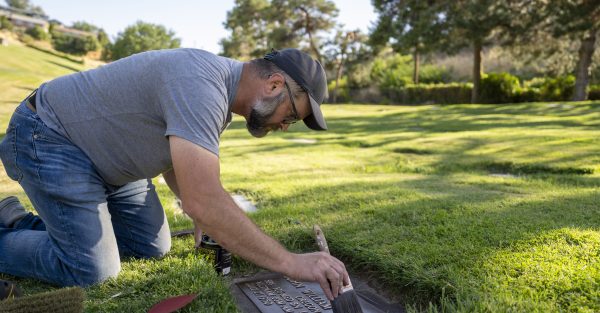Logging planned at Elkhorn Wildlife Area
Published 1:45 pm Monday, June 20, 2022
The Oregon Department of Fish and Wildlife is planning a logging project this year at the Elkhorn Wildlife Area west of North Powder that’s designed to spur the growth of forage for elk and deer.
The logging will also yield about 2 million board-feet of timber from 414 acres in the Rogers Creek watershed and north of the wildlife area headquarters about nine miles west of North Powder, said Dan Marvin, who manages the Elkhorn Wildlife Area.
Trending
The logging area, which includes ponderosa pine and mixed conifer forests, is between the Anthony Lakes Highway and Tucker Flat Road, which passes Pilcher Creek Reservoir.
The Elkhorn Wildlife Area consists of 10 sites along the east base of the Elkhorn Mountains where ODFW employees feed elk each winter.
The purpose of the wildlife area, which was created in 1971, is not to prevent elk from starving, but to keep them from plundering ranchers’ haystacks.
The logging planned this year near the headquarters, at the end of River Lane, is part of the East Face project, a long-term campaign that involves the U.S. Forest Service, Oregon Department of Forestry and Natural Resources Conservation Service.
The East Face project, which includes commercial logging, precommercial thinning and prescribed burning on both public and private land, is designed to reduce the risk of wildfire.
Marvin said this year’s project at the wildlife area’s North Powder tract will include both commercial logging and cutting of smaller trees, as well as prescribed burning.
Trending
“We are selecting trees based on disease and form as the first to be selected for harvest, trees with mistletoe and parasites,” Marvin said. “It will also help with fire risk, reducing the number of trees with touching crowns.”
Mistletoe is a parasitic plant that can cause “brooms” — thick expanses of limbs low in the tree — that can spread flames from the ground to the tree crown.
Thinning the forest will also boost the growth of grasses and shrubs that elk and deer eat, as well as create snags and tree cavity habitat for birds.
Producing forage is one of the prime goals of the project, Marvin said.
“This project isn’t necessarily being done for (timber) revenue, it’s being done for forest health, fire protection and making sure we’re providing forage for wild habitat in this portion of the wildlife area,” he said.
During the summer and fall, visitors to the wildlife area should expect to see increased traffic, tree falling and log trucks on weekdays.
Public access to the wildlife area will remain open, including the Anthony Creek campground.
“Most harvest and extraction will be completed by early to mid fall and then pile burning and clean up into late fall and early winter,” Marvin said.
Logged areas will not be treated with herbicide, as is sometimes done to stem the growth of deciduous trees and shrubs that can grow quickly after logging, he said.
More information about the Elkhorn Wildlife Area is available at https://myodfw.com/elkhorn-wildlife-area-visitors-guide.









